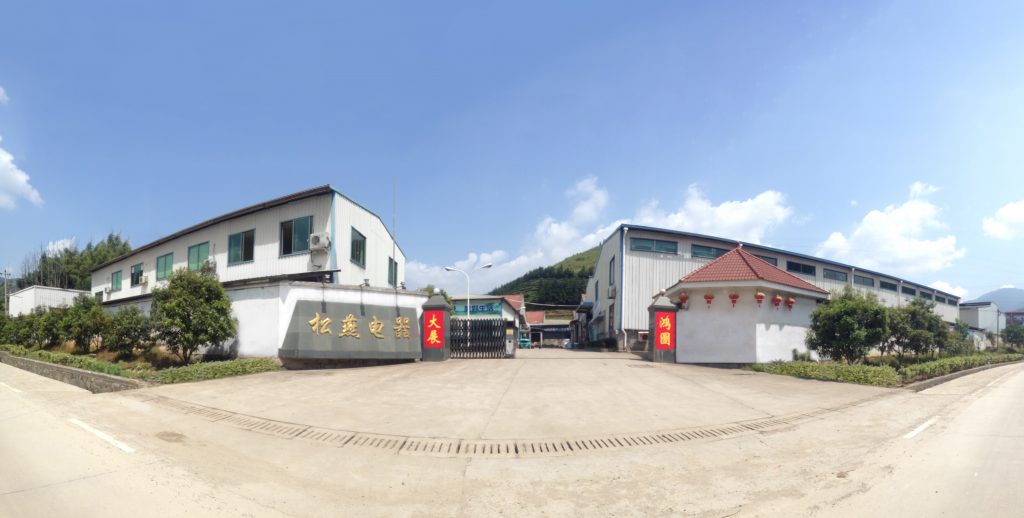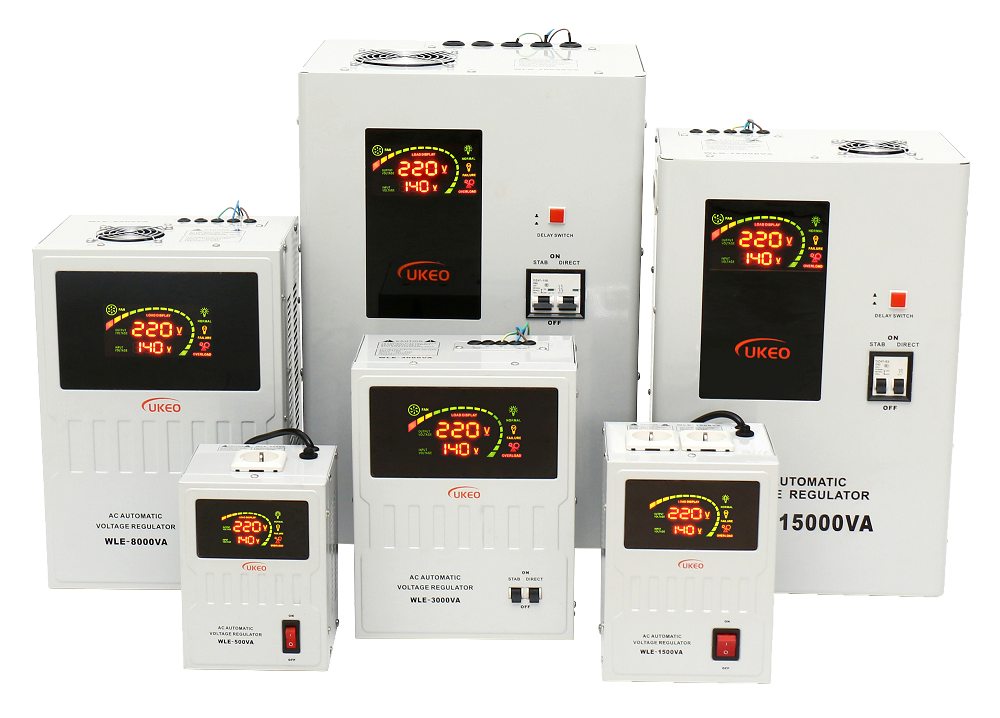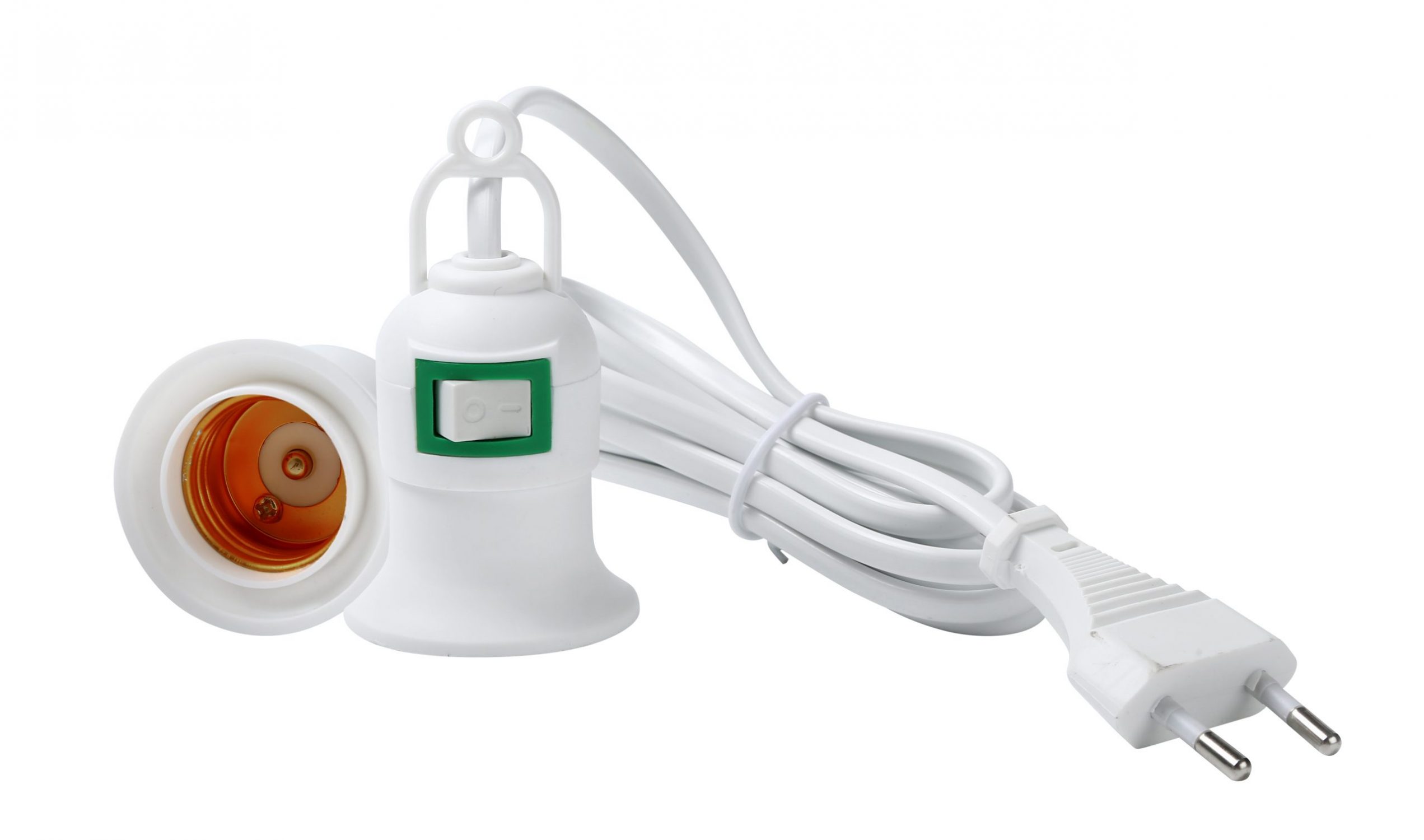
- Over 32 years of electric manufacturing experience
- Original design and equipmen manufacturer
- Comprehensive after sales support
- Low minimum order quantity on any of our products


Trustworthy name in China, built on more than 30 years of industry. UKEO is your professional AVR manufacturer.

All UKEO products are 100% quality controlled and inspected in accordance with applicable quality management standards.

UKEO has a system of service guarantee, perfect customer support is our base in the industry for more than 30 years.
Our company was established in 1988 and has rich industry experience. It mainly develops, produces and sells automatic voltage regulator (relay type voltage stabilizers, servo type voltage stabilizers, including single phase voltage stabilizers, three phase servo type 380v voltage stabilizers and compensation Power stabilizer), specially developed for the mechanical equipment of printing, machine tool, medical, laser, textile, processing center and other industries, power strips (socket types cover Europe, America, UK, and Asian markets), conversion Socket (professional for the European market).



This step by step video will show you how to install a UKEO voltage stabilizer in your home.
This step by step video will show you how to install a UKEO power strip.
We need to go through 7 workshops and 25 processes to make a voltage stabilizer.
To begin, let’s enter the metalworking shop. And UKEO regulator shell to go through three processes, the first thing we need to do is to cut the plate. UKEO workers use machines to cut metal plates. Then we have to punch the metal plates, and the workers use a machine to punch out the details, like the holes. And then we bend it, and the workers bend these metal plates into a solid shape through a machine, because they’re going to be the shell of our product.
Next, we send these molded metal shells to the spray shop. First, we do the surface treatment. Workers arrange the shells And drop them in batches into pools of special solution. Then, we carry out oil removal, pickling, rust removal; Then we hang these metal shells in batches in a device to spray, color, andthen we spray a powdery material onto the metal shells. Finally, we dry the metal casings in the drying room. So we finished the semi-finished metal shell.
The third step is the production of plastic panels. We do part of the work in the injection molding workshop. First we break up the powder and mix it up, and then we put it into a mold. And this is a continuous process, And then we start injection filling after the mold is closed. Then we started to keep the pressure on. Our machine compacts the whole and increases density. Then we cool the plastic so it hardens. Finally, we can demoulder, and the workers pull the finished product out of the mold. Anyway, we finished the semi-finished plastic panel. UKEO is committed to never using recycled plastic, and our products are all brand new plastic.
Fourthly, when it comes to making coils, we need to first make coils of Iron cores in Iron Core Workshop. Workers use machines to curl pieces of cut metal strips and wind them into hollow cylinders, thus forming Iron cores. Then we use a machine to flatten the metal strips. Finally, we put a wrapper on the bread.
We then take these cores to Winding Workshop and prepare them for the next step, Winding. So in this step, the worker uses a machine to wind the wire around the iron core. Then, we weld the wires together, and the worker completes a coil.
The fifth step is the procedure of PCB workshop. We need 5 procedures to complete a circuit board. First, workers patch the board, that is, workers paste a film on the raw material board, the film is a carrier, important in the circuit process. The next step is the plug-in, on which workers install the circuit board components. The third step is tin immersion, where we dip part of the circuit board into hot liquid tin and take it out, so that a layer of tin is placed on top of the submerged part. Next, it is the filling plate, the work of checking the leakage and filling, we will make up the missing part of the previous step. Finally, there is debugging, where the tester tests whether the circuit board works properly.
Finally, after we had done this, andthen workers shipped all the parts to a Voltage shop called Stabilized Voltage, and we assembled the parts into regulators, so we had batches of regulators. But we’re not done yet. We still need to debug these regulators. Aging test, final test, after these tests, we can ensure that this is a qualified voltage regulator, and finally by the workers to carry out the packaging process.
Once packed, our shipping team ships it all over the world.
There is no doubt that the voltage stabilizer is useful, and the voltage stabilizer can be widely used in: electronic computers, precision machine tools, computers in households, industrial and mining enterprises, oil fields, railways, construction sites, schools, hospitals, post and telecommunications, hotels, scientific research and other departments Tomography (CT), precision instruments, testing devices, elevator lighting, imported equipment and production lines, etc. where electricity is required to stabilize voltage.
It is also suitable for terminal users of low-voltage distribution network with too low or too high power supply voltage and large fluctuation range and electrical equipment with large load changes, especially for fully regulated electric fields with high requirements for grid waveforms. High power compensation regulators can be connected to thermal, hydraulic and small generators.
The working principle of the voltage stabilizer: Since some electrical appliances contain coil components, eddy currents that hinder the current will be generated in the initial stage of power-on. And generation of eddy currents will not only weaken the instantaneous voltage when the electrical appliances are started, resulting in slow start-up, but also strengthen the transient generated after the circuit breaker. voltage, may produce sparks and damage the circuit. The voltage regulator is composed of a voltage regulation circuit, a control circuit, and a servo motor. When the input voltage or load changes, the control circuit performs sampling, comparison, amplification, then drives the servo motor to rotate, so that the position of the voltage regulator carbon brush changes. By automatically adjusting the coil turns ratio, and the output voltage is kept stable. So the voltage stabilizer with larger capacity also works on the principle of voltage compensation.
Voltage regulator (VR) is actually the abbreviation of Automatic voltage regulator (AVR), some people will directly call it voltage regulator.
The word stabilizer has a very wide range and can refer to things with stable functions in various fields. In fact, it is the abbreviation of voltage stabilizer.
Automatic voltage regulator and voltage stabilizer are the same thing.
Factory Address:Wuqu Industrial area,Shouning city,Fujian,China
Brand Office Address: No.1780 Wenzhou Av. Lucheng district,
Wenzhou,Zhejiang,China.
Whatsapp: Wechat:

Copyright © 2021 UKEO Design